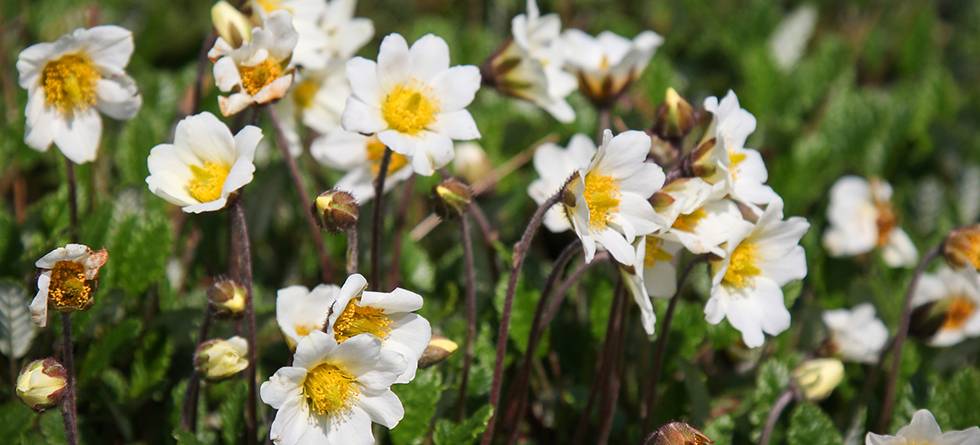Written by Jan Mangerud, professor emeritus at the Bjerknes Centre and the Department of Earth Science at the University of Bergen
The Younger Dryas was the last, and a very surprising, cold spell at the end of the ice age. It lasted from 12,800 to 11,600 years before present, and it came at a time when we expected that the climate should become warmer – not colder.
In a new paper on the research history, I have described how this cold period, named from the mountain flower Dryas octopetala, was discovered in Denmark in 1901.
I argue that the Younger Dryas is part of a Dansgaard-Oeschger event, which are fast climate changes that occurred repeatedly through the last ice age. If this is correct, then the most popular hypotheses for the Younger Dryas are falsified.
Reference
Mangerud, J. 2020: The discovery of the Younger Dryas, and comments on the current meaning and usage of the term. Boreas, Vol. 00, pp. 1– 5. https://doi.org/10.1111/bor.12481. ISSN 0300‐9483.

